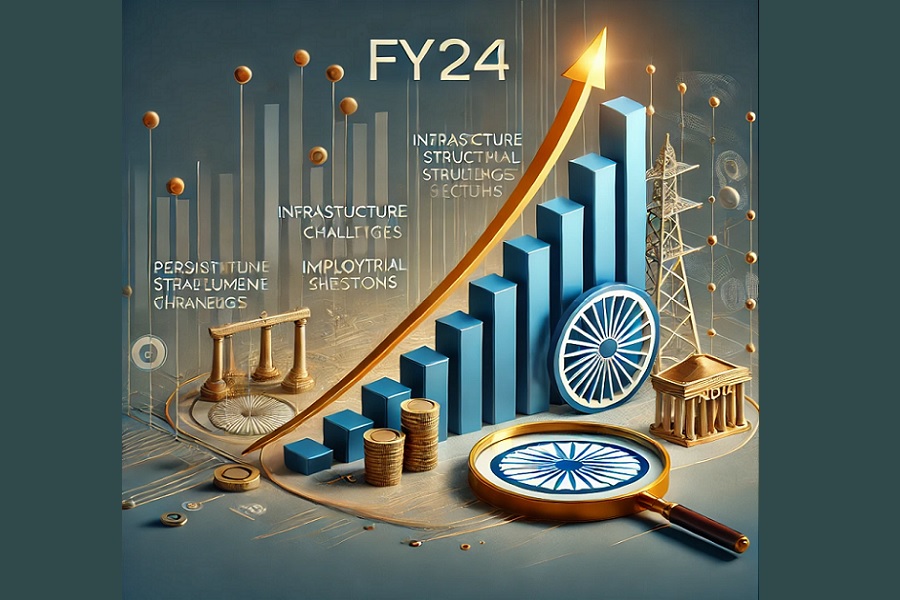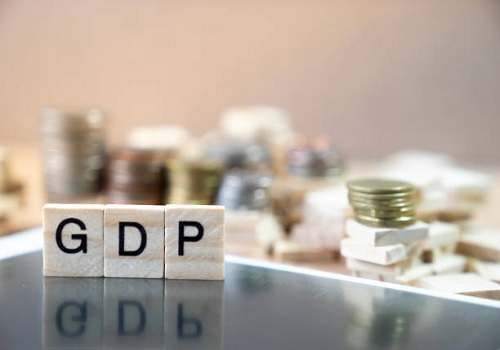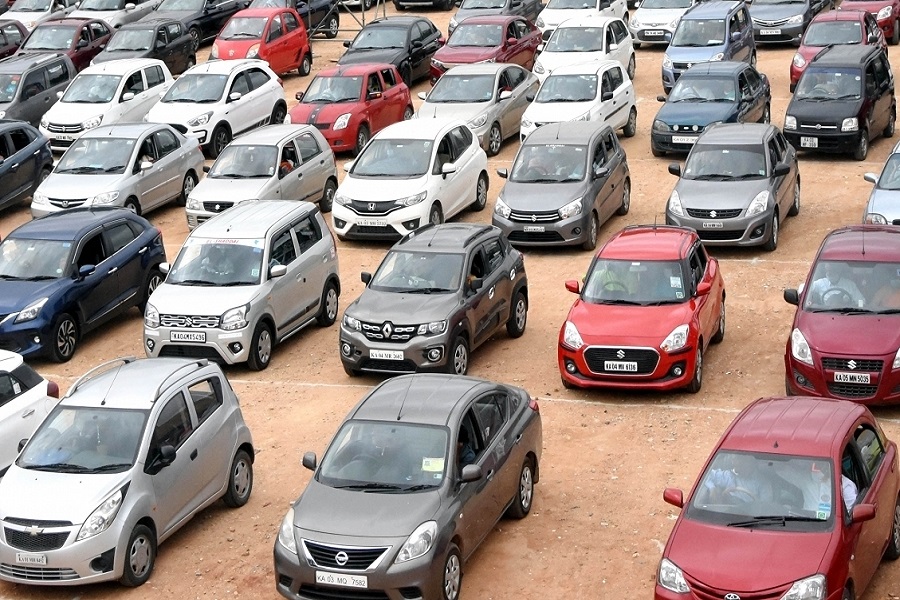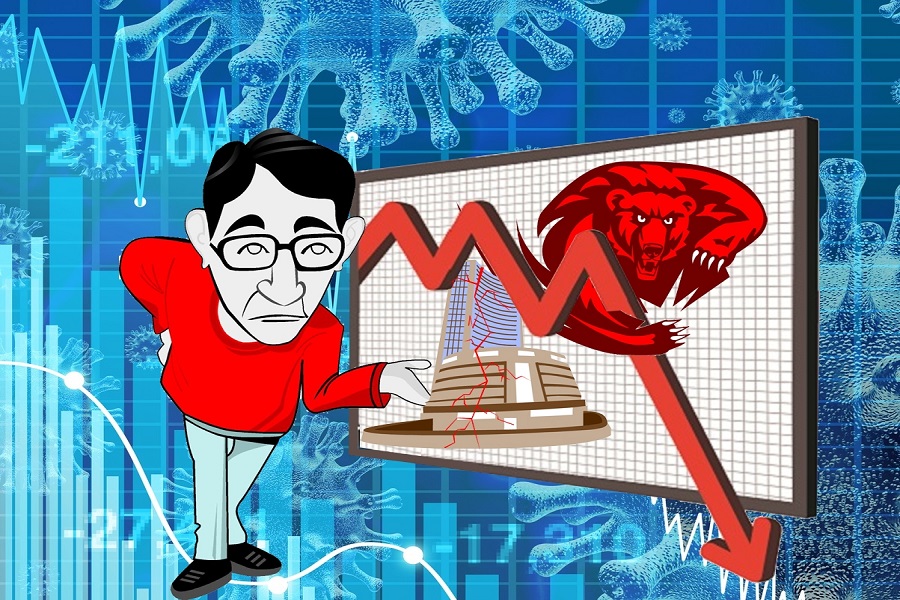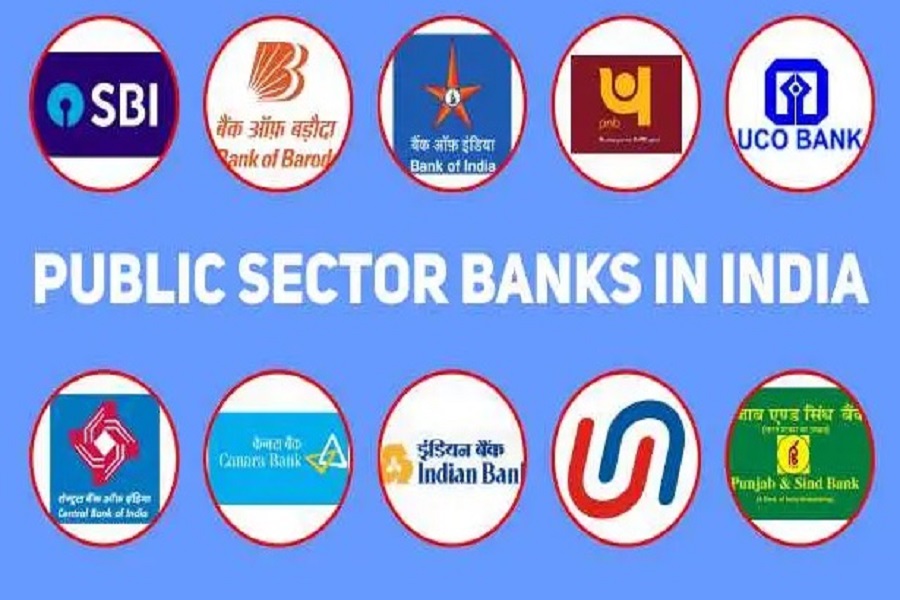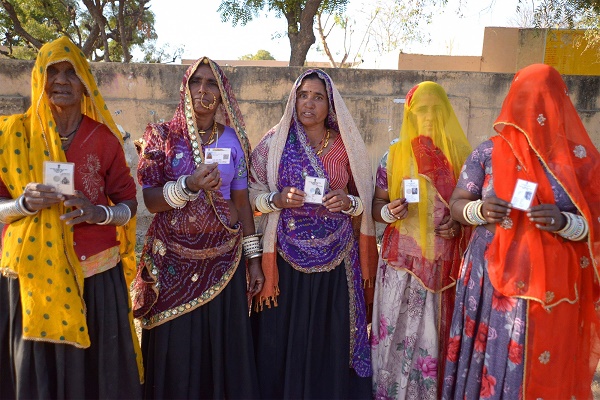The Economy Observer : Economic Survey 2024-25: India`s Growth Roadmap Towards `Viksit Bharat` by Motilal Oswal Financial Services Ltd

* The Union Finance Minister, Nirmala Sitharaman, tabled the Economic Survey 2024-25 on 31st Jan’25, providing key insights into the country’s economic performance and outlining future economic prospects. The survey highlighted that India needs to achieve a real GDP growth rate of ~8%, on average, for about a decade or two, to realize its aspirations of becoming “Viksit Bharat” by the time of the centenary of independence (FY47).
* To achieve this growth, the investment rate must rise to approximately 35% of GDP, up from the current 31%. Further, it will be essential to develop the manufacturing sector and invest in emerging technologies such as AI, robotics, and biotechnology. India will also need to create 7.85m new non-farm jobs annually until 2030, achieve 100% literacy, develop the quality of our education institutions, and develop high-quality, future-ready infrastructure at scale and speed.
* India’s real GDP is 6.7%/5.4% in 1QFY25/2QFY25, implying a real GDP growth of 6.0% in 1HFY25, mainly fueled by strong private consumption. The share of private consumption in GDP in 1HFY25 (at 61.2%) was the highest since FY12. (Exhibits 1 and 2). The survey mentioned that the agriculture and services sectors emerged as key growth drivers in 1HFY25. However, the overall growth was tempered by moderation in industrial growth, particularly in manufacturing, which faced challenges from slowing global demand and supply chain disruptions.
* The survey stated that India’s real GDP growth would likely grow in the range of 6.3%-6.8% in FY26, maintaining resilience despite global economic uncertainties. Growth is likely to be driven by strong domestic consumption, investment expansion, and government-led capital expenditure (capex). However, global economic slowdown and geopolitical tensions are key risks affecting India's external demand.
* Highlighting the importance of capital markets in enhancing the financialization of domestic savings and enabling wealth creation, the Economic Survey stated that the Indian stock market has achieved new highs, with investor participation growing from 4.9 crore in FY20 to 13.2 crore as of 31st Dec’24. Over the long term, Indian markets have been among the best-performing worldwide, with the Nifty 50 delivering a compounded annual return of 8.8% over the past decade. While it trails behind indices like the US NASDAQ (15.3%) and Dow Jones (9.2%), it outperforms China's Shanghai Composite (3.2%). BSE market capitalization to GDP ratio stood at 136% at the end of Dec’24, rising significantly over the last 10 years. (Exhibit 3). Further, India's share in global IPO listings surged to 30% in 2024, up from 17% in 2023, making it the top contributor to primary resource mobilization globally.
* Fiscal prudence has been crucial in controlling general government dis-savings, ensuring macroeconomic stability, preventing excessive foreign borrowing, and ensuring self-reliant financing of the current account deficit (CAD). This has further helped maintain overall savings levels, despite a decline in household savings (Exhibits 4 and 5).
* Retail headline inflation has softened from 5.4% in FY24 to 4.9% in Apr-Dec’24. The decline is attributed to a 0.9 pp reduction in core inflation. While the average inflation in FY25 has trended downward, monthly volatility in food prices and a select few commodities (namely tomato, potato, and onion) have been responsible for CPI inflation printing towards the upper side of the tolerance band. (Exhibits 6 and 7). Going forward, food inflation is likely to soften in 4QFY25 with the seasonal easing of vegetable prices and Kharif harvest arrivals. Good Rabi production is likely to contain food prices in the first half of FY26.
* The survey highlighted that India's robust services exports have propelled the country to secure the seventh-largest share in global services exports. In addition to the services trade surplus, remittances from abroad led to a healthy net inflow of private transfers. As per the World Bank, India was the top recipient of remittances in the world, driven by an uptick in job creation in OECD economies. These two factors combined to ensure that India’s current account deficit (CAD) remained relatively contained at 1.2% of GDP in Q2 FY25 (Exhibit 8).
* The survey stated that the power sector has been bolstered primarily by large-scale solar and wind initiatives. By the end of Dec’24, the country's total renewable energy installed capacity increased by 15.8% YoY, reaching 209.4 GW, up from 180.8 GW in Dec’23. Renewable energy now constitutes about 47% of India's total installed capacity, highlighting a growing dependence on cleaner, non-fossil fuel-based energy sources. (Exhibits 9 and 10).
* According to the 2023-24 annual Periodic Labour Force Survey (PLFS) report, the unemployment rate for individuals aged 15 years and above has steadily declined from 6% in 2017-18 to 3.2% in 2023-24. The labor force participation rate (LFPR) and the worker-to-population ratio (WPR) have also increased (Exhibit 11).
* The Economic Survey prioritizes deregulation as the driving force for India's domestic growth and resilience in the face of global economic and political shifts. It suggests focusing on areas like land, labor, building regulations, and utilities.
* Examples of deregulation measures are provided, including liberalizing standards and controls, setting legal safeguards for enforcement, reducing tariffs and fees, and applying risk-based regulation. (Exhibit 12). “A fundamental prerequisite is to accelerate and amplify the deregulation agenda already underway in the last ten years and work towards giving people back their agency and enhancing the economic freedoms of individuals and organizations,” the survey read.
* The Economic Survey FY26 emphasized deregulation, investment expansion, and supply-chain resilience as key levers for sustained growth. Despite global uncertainties, India's economy remains well-positioned to achieve strong medium-term expansion. However, geopolitical risks, trade protectionism, and inflation management will require continued policy vigilance and strategic interventions.

For More Research Reports : Click Here
For More Motilal Oswal Securities Ltd Disclaimer
http://www.motilaloswal.com/MOSLdisclaimer/disclaimer.html
SEBI Registration number is INH000000412



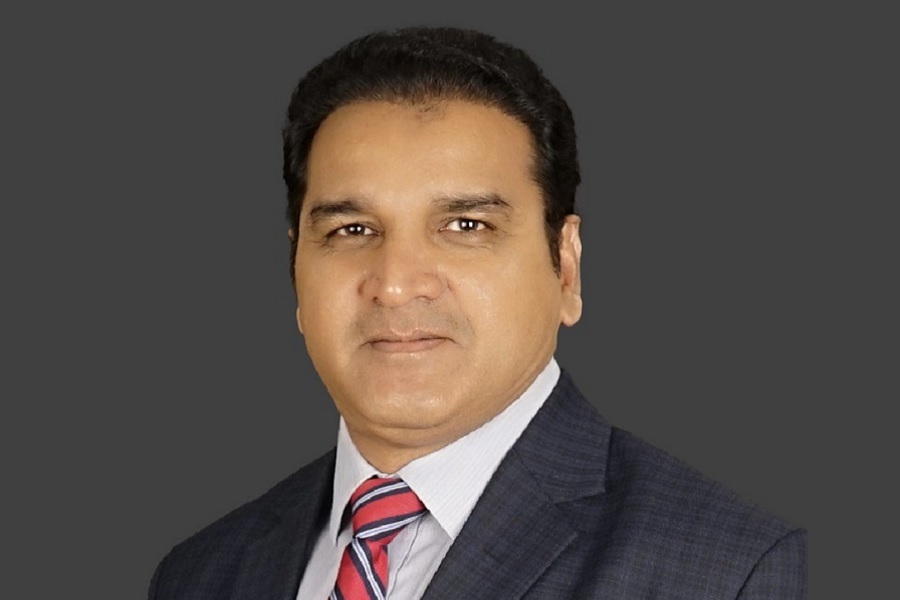
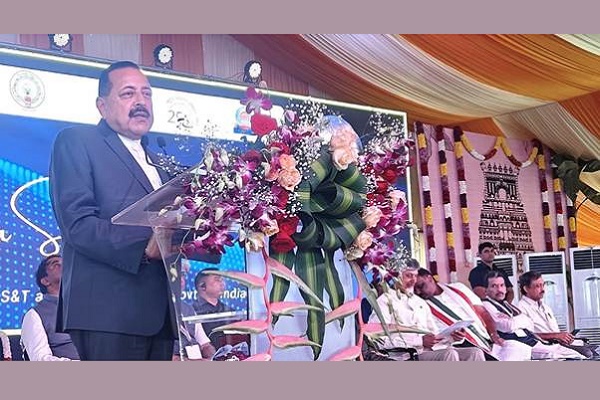

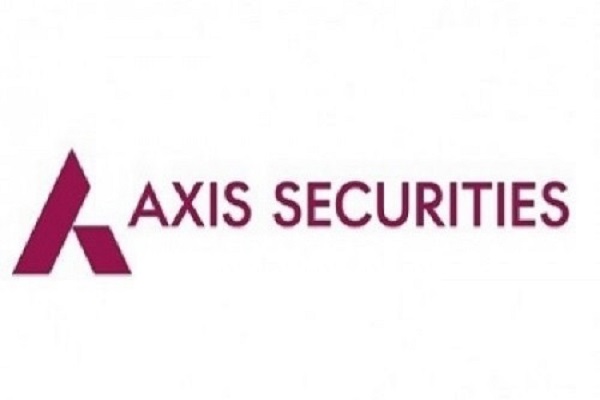
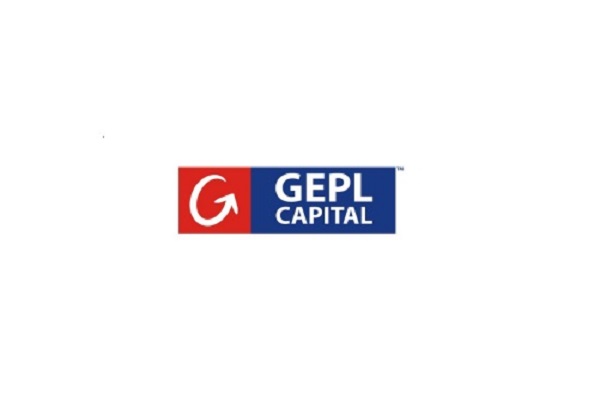
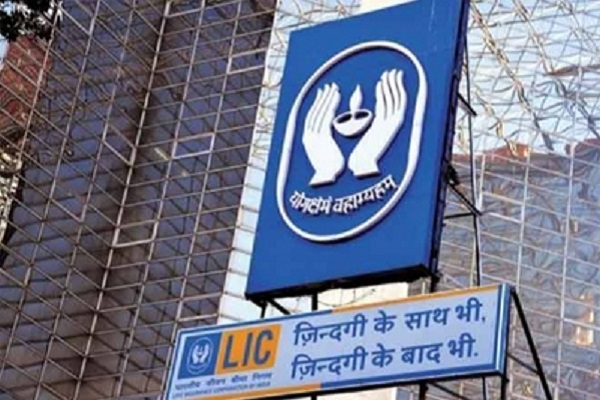

More News

The Economy Observer : Monsoon Diary - All-India rainfall 10% above LPA by early July by Mot...

